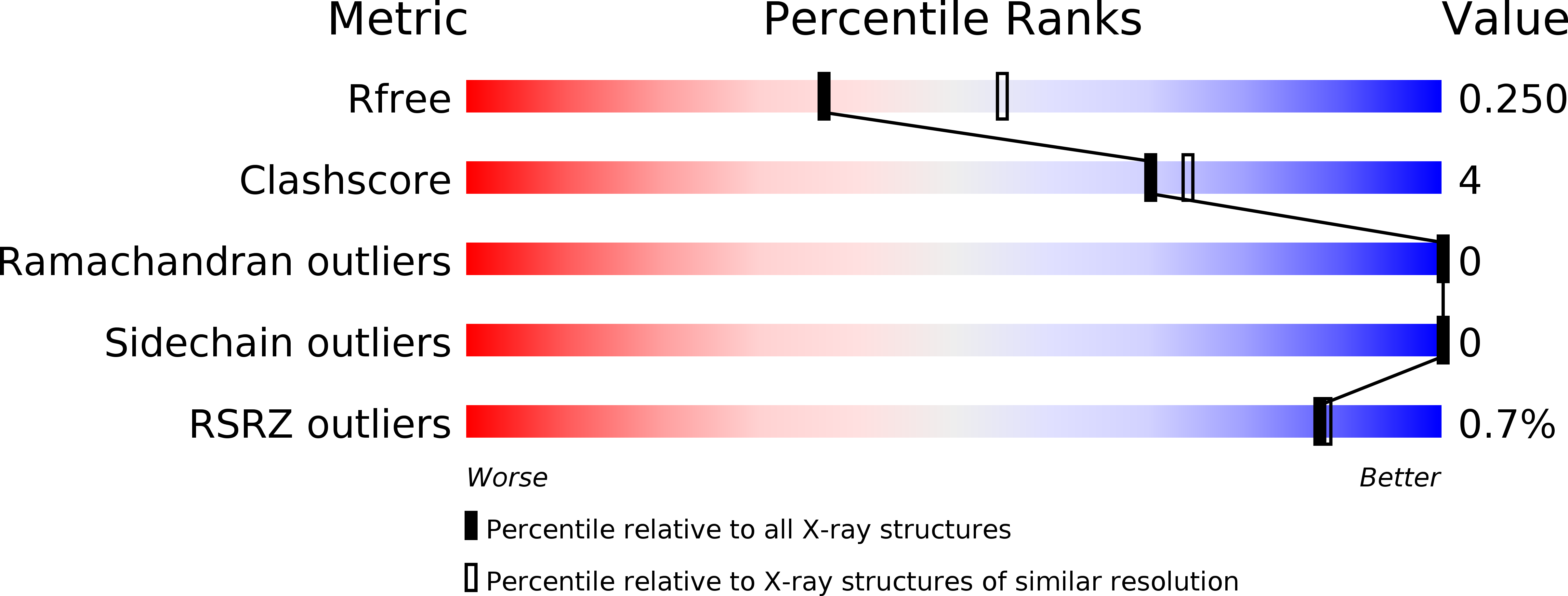
Deposition Date
2019-06-24
Release Date
2019-12-11
Last Version Date
2023-10-11
Entry Detail
PDB ID:
6PGA
Keywords:
Title:
WDR5delta32 bound to methyl (4-(4-(hydroxymethyl)-1H-imidazol-2-yl)butyl)carbamate
Biological Source:
Source Organism:
Homo sapiens (Taxon ID: 9606)
Host Organism:
Method Details:
Experimental Method:
Resolution:
2.45 Å
R-Value Free:
0.25
R-Value Work:
0.19
R-Value Observed:
0.19
Space Group:
P 21 21 21


